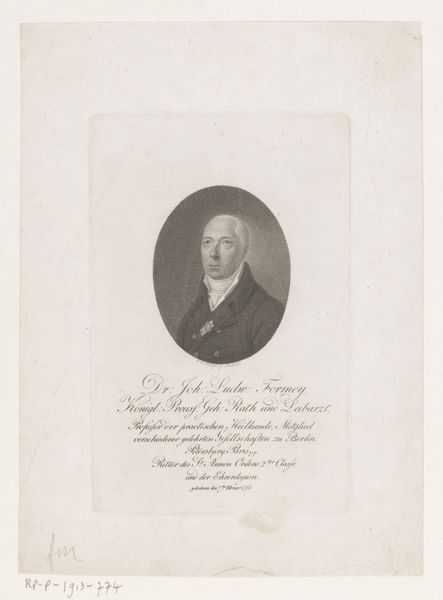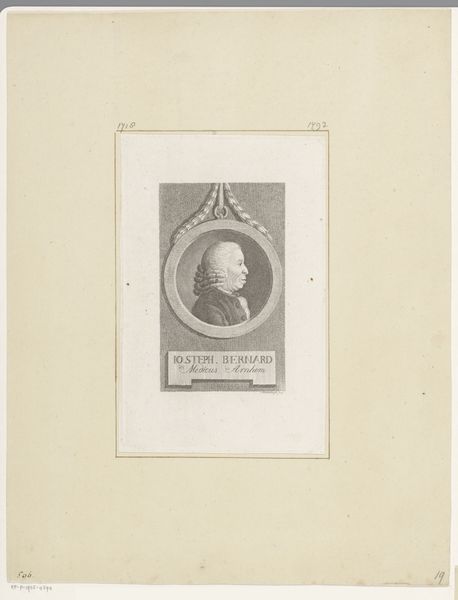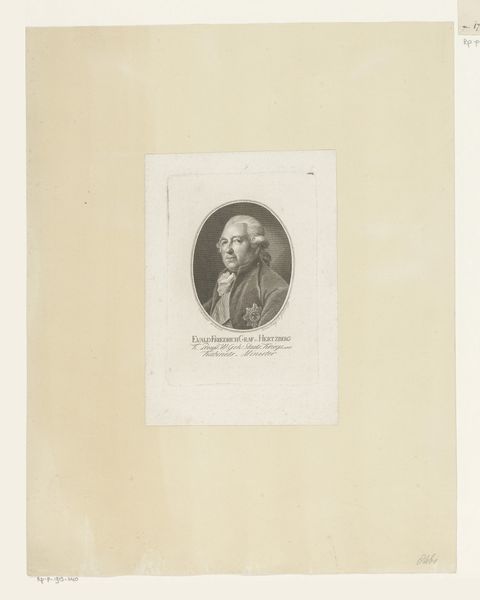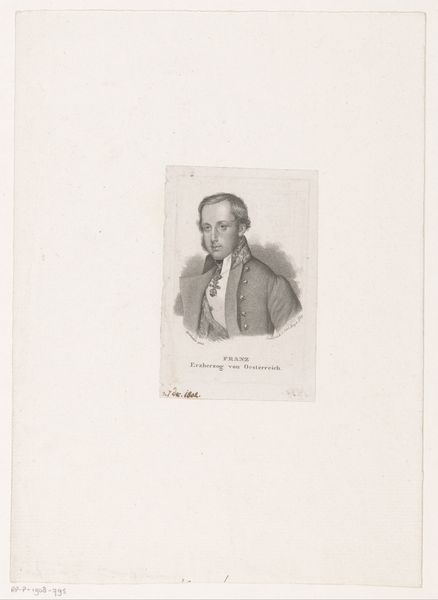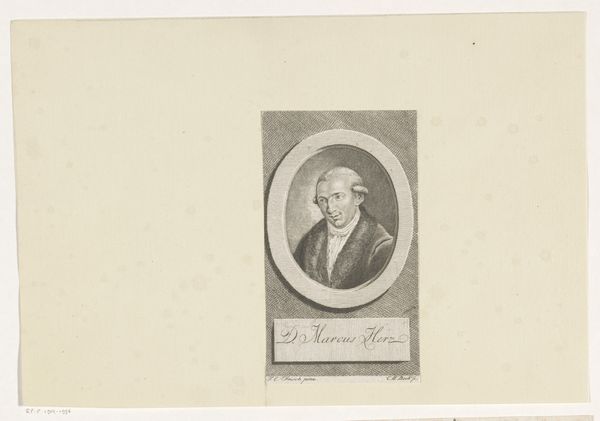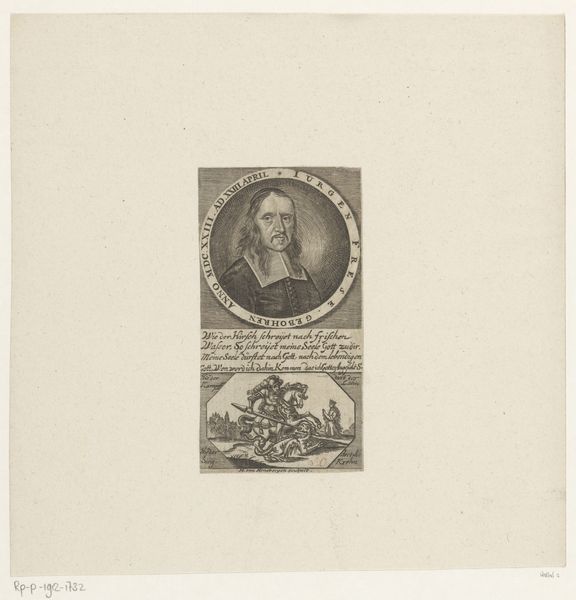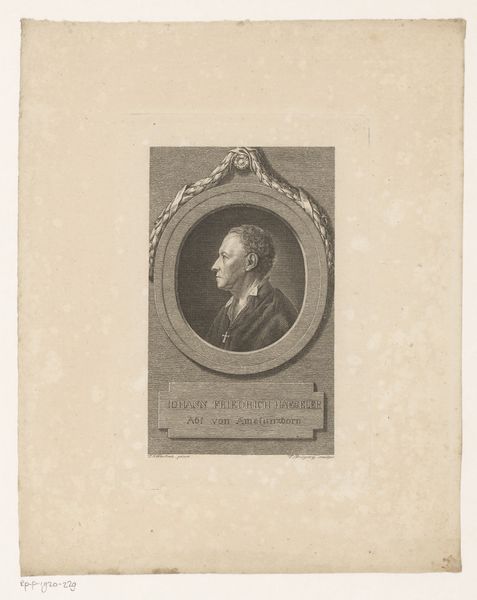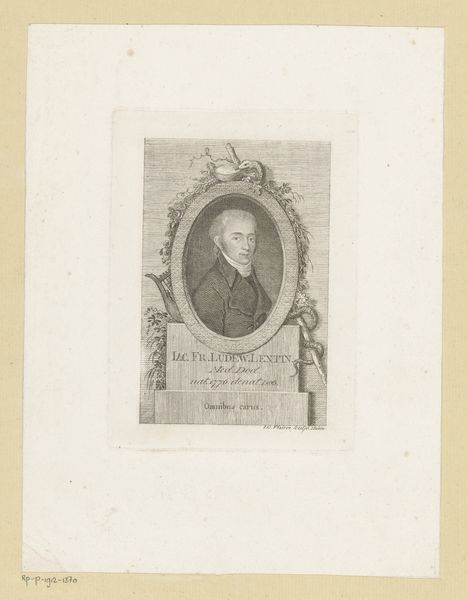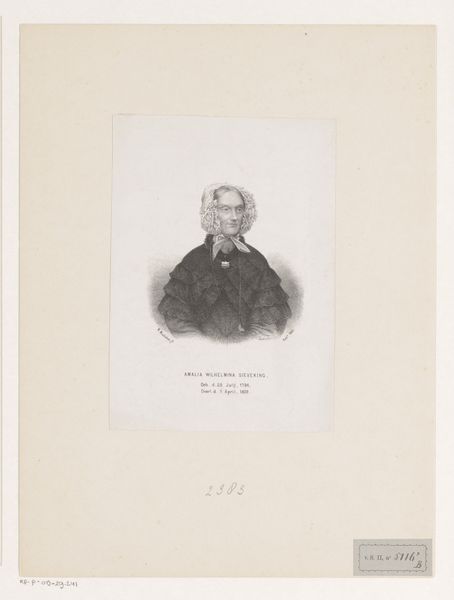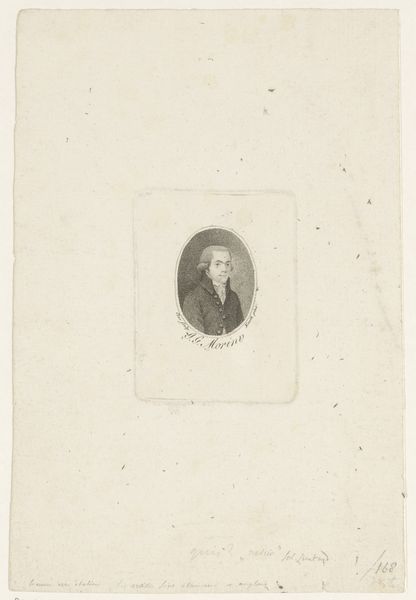
print, intaglio, paper, engraving
#
portrait
#
neoclacissism
# print
#
intaglio
#
old engraving style
#
paper
#
engraving
Dimensions: height 152 mm, width 105 mm
Copyright: Rijks Museum: Open Domain
Editor: This is a print, an engraving on paper titled "Portret van Johann Jacob Hartenkeil" by Friedrich Wilhelm Bollinger, from 1801. It has such a formal and restrained feeling to it, doesn't it? What do you see in this portrait beyond its surface? Curator: The formality you're picking up on really speaks to the Neoclassical movement and its relationship with the Enlightenment ideals of reason and order. How do you think that aesthetic preference for clean lines, balance, and restraint manifested itself socially? Editor: Hmm, perhaps it mirrored the elite's desire for stability in a period of immense political upheaval like the French Revolution? Curator: Precisely! And let’s consider the sitter. The portrait immortalizes a man, likely of some standing, in this visual language of rationality and control. How might we interpret this within a broader context of gender and power dynamics of the time? Think about who was being portrayed and who was largely absent from these representations. Editor: Right, it’s almost exclusively men, solidifying their presence and importance within society, while women are relegated to other roles in art, or not depicted at all. So, this isn’t just a portrait, it’s a statement about societal structures? Curator: Absolutely! It’s a testament to how artistic choices become entwined with the assertion and maintenance of power structures. Looking at it that way, what does the relative austerity of this engraving say? Editor: It suggests a level of seriousness that almost demands respect…It’s more than just art; it’s an artifact reflecting the values and power dynamics of its era. Thank you for opening my eyes to that! Curator: It’s been enlightening exploring those ideas with you. By continually questioning representation, we can reveal the nuanced ways art acts as a mirror, reflecting not just appearance, but also cultural ideologies.
Comments
No comments
Be the first to comment and join the conversation on the ultimate creative platform.
